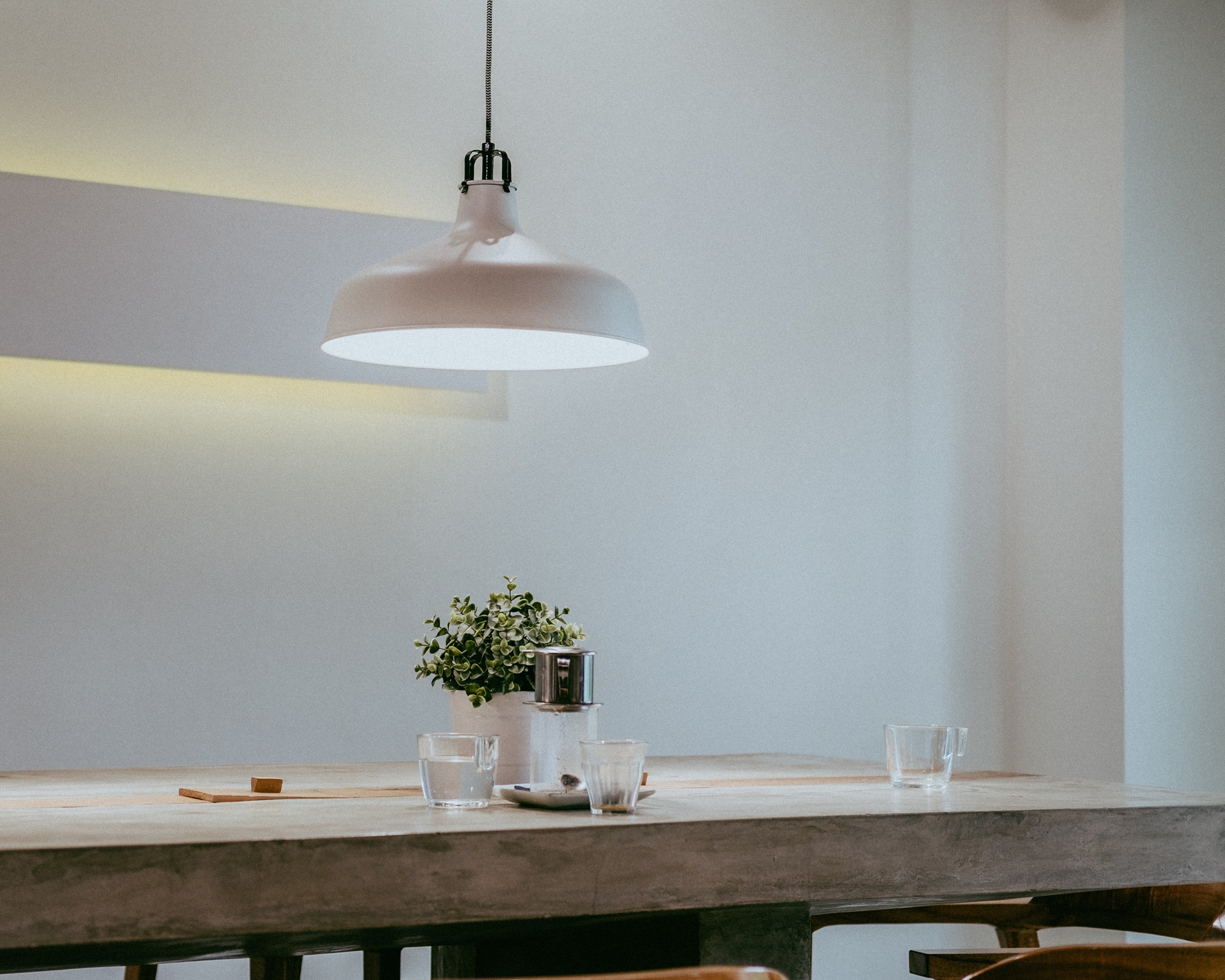Cost-Effective Lighting Options for Your Home and Office

Lighting within a building, whether it is a residential or an office building, is one of the most important aspects of the interior, as well as dominant electrical energy consumption. This is why it is important to carefully choose your lighting equipment so that it satisfies your needs when it comes to aesthetics, as well as performance.
The reasons behind the trend of switching to energy-efficient lighting can be found both in their cost-effectiveness and the need to cut down on power consumption on a global scale. Below we will address some of the questions you might have, as well as the different options when it comes to illuminating your home and office.
What is Lighting Energy Efficiency?
Lighting energy efficiency refers to the percentage of electricity the light source uses that is actually converted into light, and ultimately translates into cost-effectiveness. Conventional lightbulbs and lamps are considered to be inefficient by modern standards, due to the fact that they waste most of the electricity supplied to them through heat emission.
In contrast, energy efficient lighting sources transfer a higher percentage of the supplied electricity into illumination, which means they consume less power to provide the same lighting effect. By replacing the incandescent light bulbs with ENERGY STAR rated ones, you can reduce your electrical bills, as well as enjoy a longer life-span they offer. These two factors combined make energy-efficient lightbulbs and lamps a better choice both when it comes to quality and price.
What Are My Cost-Effective Lighting Options?
There are three main options when it comes to cost-effective lighting: halogen incandescent lights, compact fluorescent lamps (CFL), and light-emitting diodes (LED). Each of them has its optimal uses, and they come in different sizes and wattage, so your choice will largely depend on your illumination needs.
Halogen Incandescent Lights
Halogen incandescent lights are similar to conventional light bulbs with one major difference: the inside of the light bulb is filled with a small amount of halogen gas. This prevents soot from accumulating on the inside of the glass via a chemical reaction that forces any tungsten soot back to the filament. As a result, halogen lights radiate a brighter white light and last longer than traditional incandescent light bulbs.
The main advantage of halogen incandescent lights is the clear spectrum of white light they emit, which reduces eye-straining and makes them a perfect lighting solution for offices and workshops. Another point to take into consideration is the fact that halogen lights are dimmable through the use of a rheostat, which is another way of regulating energy consumption, while also being able to change the illumination of a room to suit your needs.
Compact Fluorescent Lamps (CFL)
The most widely available and used energy-efficient lamps, they have the same shape and size as the traditional incandescent lights, which makes it easy to switch to their use. Although they are more expensive, they can last more than ten times as long as incandescents. In addition, they consume far less power, which will save you several times the difference in the price over their life-span.
Their small size and the diffuse light they provide make CFLs a good choice for recessed luminaires, as well as wall-mounted lamps and different downlighting. On the other hand, the main concern associated with fluorescent lamps is the mercury they contain, which complicates their recycling process. Still, the use of compact fluorescent lamps is preferred to traditional bulbs, thanks to their efficiency.
Light Emitting Diodes (LED)

LED lamps are the most durable and efficient type of bulbs, as they consume the least amount of energy compared to other illumination sources(up to 80% less), and can last for as long as 50.000 operating hours. In addition, they do not radiate heat, so there is no energy wasted and no risk of fire.
However, their price is what keeps most people from using them for home and office illumination purposes, even though they ultimately pay for themselves through reducing energy consumption and their longevity.
Since LED light technology is showing great potential for the future and is rapidly developing, their application is expanding as they are becoming more affordable and their efficiency as an illumination source is improving. If the trend continues, they may even become the main lighting source in our homes in the near future.
Conclusion
The use of energy efficient lighting is doubly beneficial. Not only do energy efficient light bulbs help you save money on your electricity bills, but they also reduce the consumption of energy globally, and, thus, reduce the negative impact on the environment.
Hopefully, this article has helped you get a better understanding of what energy efficient lighting means, and the benefits of using different types of efficient light sources.




